Humphrey Bogart was an American actor. His performances in classic Hollywood cinema made him an American cultural icon. In 1999, the American Film Institute selected Bogart as the greatest male star of classic American cinema. Humphrey Bogart’s breakthrough came with his 1941 film High Sierra, although he rose to stardom after acting in John Huston’s Maltese Falcon, which is considered to be one of the great noir films. Bogart was on contract to warner bros who were known for their gritty gangster films, which Bogart was commonly cast in. -made his name as a character who is tough without a gun.

RICK BLAIN
Ingrid Bergman rose to stardom after acting in Casablanca which was her second English speaking role. With a career spanning five decades, Bergman is often regarded as one of the most influential screen figures in cinematic history.
ILSA LUND.
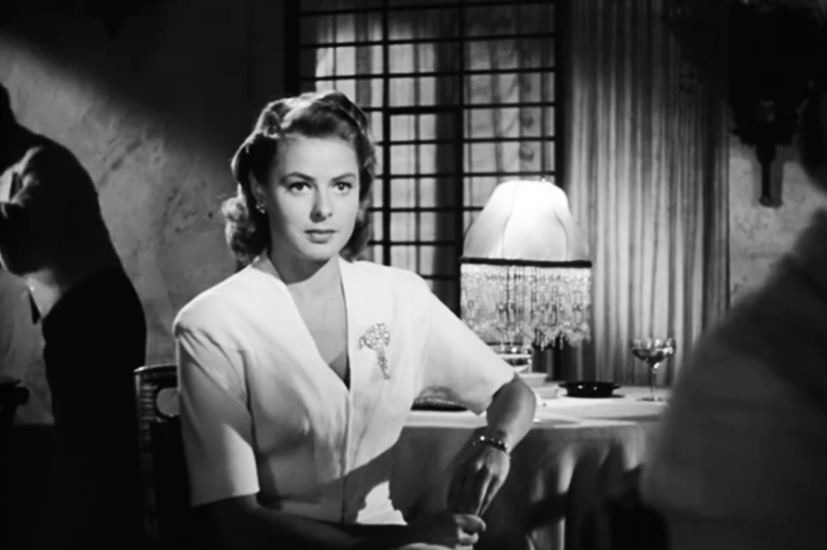
Paul Henreid was an Austrian-American actor, director, producer, and writer. He is best remembered for several film roles during the Second World War, including Capt. Karl Marsan in Night Train to Munich, Victor Laszlo in Casablanca and Jerry Durance in Now, Voyager. Mr. Henreid’s first big American success was in another such role, that of the bombastic German consul in the Guild Theater production of “Flight to the West.” The play opened in New York on Dec. 30, 1940, and helped get him his first Hollywood contract, with RKO Radio Pictures in 1941.
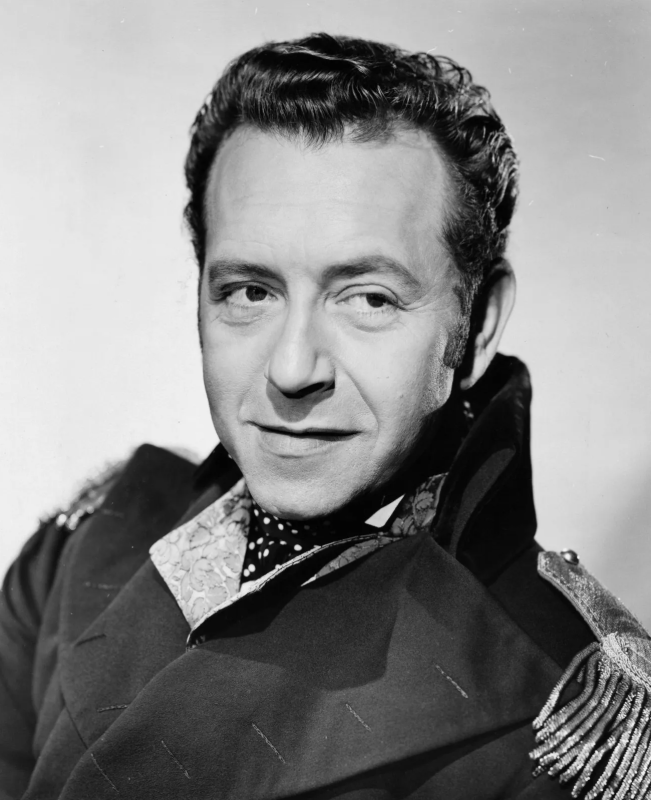
Claude Rains was known for many roles in Hollywood films, among them the title role in The Invisible Man, a corrupt senator in Mr. Smith Goes to Washington, and, perhaps his most notable performance, as Captain Renault in Casablanca.
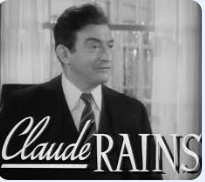
Hans Walter Conrad Veidt was born on 22 January 1893 in his parents’ home at Tieckstraß. A new career path for Veidt opened up in 1911 during a school Christmas play in which he delivered a long prologue before the curtain rose. The play was badly received, and the audience was heard to mutter, “Too bad the others didn’t do as well as Veidt.” Veidt began to study all of the actors he could and wanted to pursue a career in acting, much to the disappointment of his father, who called actors ‘gypsies’ and ‘outcasts’.
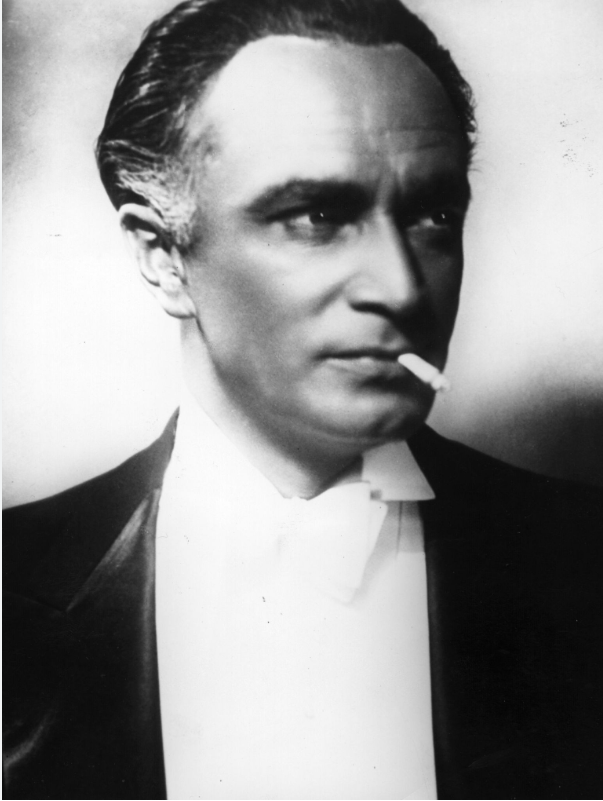
Greenstreet’s stage debut was as a murderer in a 1902 production of a Sherlock Holmes story at the Marina Theatre, Ramsgate, Kent.[citation needed] He toured Britain with Ben Greet‘s Shakespearean company, and in 1905 made his New York City debut in Everyman. He appeared in such plays as a revival of As You Like It (1914). He appeared in numerous plays in Britain and America, working through most of the 1930s with Alfred Lunt and Lynn Fontanne at the Theatre Guild. His stage roles ranged from musical comedy to Shakespeare, and years of such versatile acting on two continents led to many offers to appear in films. He refused until he was 61.
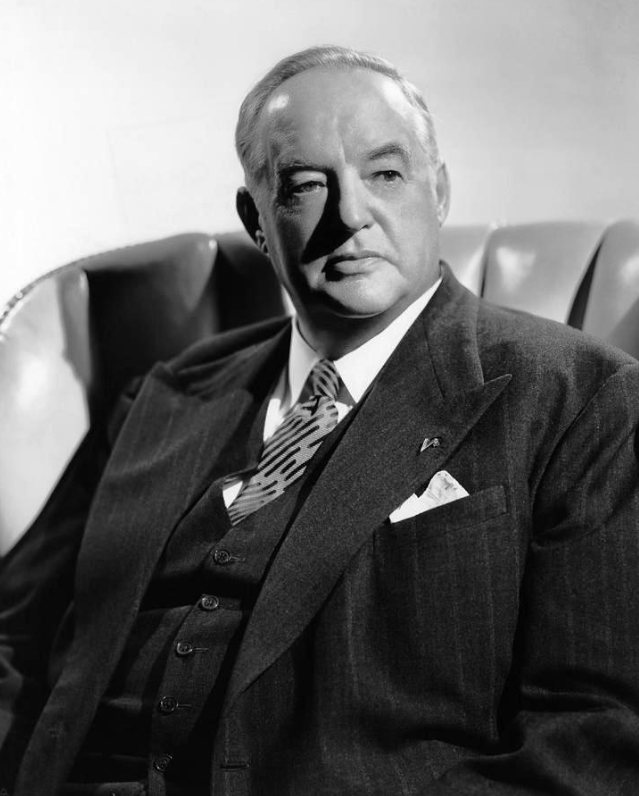
He began his stage career in Vienna, in the Austro-Hungarian Empire, before moving to Germany, where he worked first on the stage, then in film, in Berlin during the late 1920s and early 1930s. Lorre, who was Jewish, left Germany after Adolf Hitler and the Nazi Party came to power Lorre caused an international sensation in the Weimar Republic–era film M (1931) where he portrayed a serial killer who preys on little girls. His second English-language film was Alfred Hitchcock‘s The Man Who Knew Too Much (1934), made in the United Kingdom.
Eventually settling in Hollywood, he later became a featured player in many Warner Bros. crime and mystery films. He acted in Mad Love (1935), Crime and Punishment (1935), The Maltese Falcon (1941), Casablanca (1942), Arsenic and Old Lace (1944), Passage to Marseille (1944), and My Favorite Brunette (1947). During this time he acted in several films acting alongside actors Humphrey Bogart and Sydney Greenstreet.
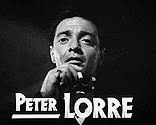
THEMES AND ISSUES
ISOLATIONISM- a policy of remaining apart from the affairs or interests of other groups, especially the political affairs of other countries. Isolationists believed that World War II was ultimately a dispute between foreign nations and that the United States had no good reason to get involved
When WW2 first erupted America quickly decided to stay neutral and not get involved in any affairs regarding the war. Rick Blain is the personification of Americas Isolationism in WW2, he starts the film off by being heavily removed from any situations regarding the Nazis or Allies, until, someone he cares for, Ilsa Lund turns up, as kind of his own pearl harbour that pushes him to fight against the Nazis around him. In the early days of the war, 96% of Americans expressed that they did not want America getting involved and thought of it as a “phony” war. Rick Blain starts off the film very cynical and hard-headed, but as the film comes to an end after reuniting with Ilsa his patriotism rears is head.
REPRESENTATIONS IN CASABLANCA- MIS-EN-SCENE
1. Lighting
- Casablanca makes use of high-contrast lighting, which is characteristic of the film noir genre. Dimly lit interiors and shadows that create an air of mystery and tension. This lighting emphasizes the moral ambiguity of the characters, particularly Rick, whose personality is reflected in the shadowy spaces around him.
2. Set Design and Location
- The setting of Rick’s Café Americain is central to the mise-en-scene. The cafe itself, with its stylish but slightly worn-down décor, represents a neutral space in the conflict between the Axis and the Allies. It’s a microcosm of the larger world outside.
- The backdrop of war-torn Casablanca, with its French colonial influence, reflects the theme of escape and the complexity of wartime decisions, particularly in how the city is portrayed as a place of both opportunity and corruption.
3. Costumes
- Characters are dressed according to their roles and personalities, often in a way that subtly communicates their inner struggles or alignment. Rick’s tailored suits highlight his status and sophistication, while Ilsa’s elegant wardrobe conveys her grace but also her inner turmoil.
5. Props
Key props like the letters of transit and the piano play significant symbolic roles in the film’s themes. The letters represent the hope for escape, freedom, and a way out of Casablanca’s perilous political situation. The piano, particularly in the famous scene where Sam (Dooley Wilson) plays “As Time Goes By,” becomes a symbol of the past, love, and nostalgia, echoing Rick and Ilsa’s romance.
EDITING
The letters of transit is an important example of editing in Casablanca. This pivotal moment occurs near the end of the film, when Rick makes the sacrificial decision to ensure that Ilsa and Victor leave Casablanca, even though it means losing Ilsa forever. The editing here is crucial in building the emotional weight of the scene.
Cross-cutting between characters: The scene is carefully edited with cross-cutting between Rick, Ilsa, and Victor. As Rick makes his decision, the editor uses quick, tight shots of each character’s face, showing their emotional reactions—Rick’s stoic resignation, Ilsa’s tears, and Victor’s determination. The cross-cutting between them increases the emotional tension, as the audience feels the internal conflict each character is experiencing.
SOUND
1. Dialogue
- Dialogue: The dialogue in Casablanca is sharp, witty, and often filled with subtext. Rick’s dialogue, in particular, is filled with cynicism, reflective of his character’s emotional journey. His famous lines, like “Here’s looking at you, kid” or “We’ll always have Paris,” have become iconic for their mix of romanticism and bittersweetness.
2. Underscoring
- Max Steiner’s Score: The film’s musical score, composed by Max Steiner, uses underscoring to emphasize the emotional tone of key moments. One of the most notable ways this is done is through the recurring use of “As Time Goes By”, a song that becomes an integral part of the narrative and a thematic anchor for the film. The melody plays during key moments, such as when Sam plays it on the piano, reminding Rick and Ilsa of their past love and setting the nostalgic and tragic tone.
- Use of Music to Convey Emotion: The film also uses music to heighten tension and drama. For example, the score swells during dramatic moments of decision or sacrifice, adding weight to the characters’ choices and reinforcing the emotional stakes. The music’s swelling intensity complements the on-screen action and deepens the audience’s emotional engagement with the narrative.
3. Sound Motif
- “As Time Goes By” as a Sound Motif: The song “As Time Goes By” is more than just a piece of music in Casablanca—it functions as a sound motif that recurs throughout the film, representing Rick and Ilsa’s past love and the passage of time. The motif appears in different variations, from Sam playing it on the piano to the orchestral arrangements in key moments. The song’s repeated use ties together the themes of nostalgia, love, and lost time, creating a powerful emotional connection for the audience. It reminds the audience of the characters’ shared history and the poignant inevitability of their separation.
REPRESENTATIONS OF CHARACTERS.
WOMEN; In Casablanca, Ilsa Lund is the only prominent female character we meet. Ilsa is being competed over by Victor Laszlo and Rick Blain. Her character represents how women are viewed as trophies and never given enough agency to lead themselves, even in the face of persecution all the men in Ilsas life believe that she needs a man to take care of her.
MEN; The plot and the historic timeline that it follows reflects stereotypically masculine concerns: war, duty to country, and freedom. Every decision-maker depicter, regardless of his political affiliation, is a man. All viewers, both male and female, are forced to see the world of Casablanca through the eyes of a man – the lens of a masculinized camera.
AUTHORITY FIGURES; Captain Renault is represented by his corruption, although being the chief of police in Vichy French territory he still has his indulgences and helps refugees escape in exchange for sex. Eventually Renault decides to put his faith in rick and they form a friendship, this is symbolic of an alliance between the United States and France, emphasizing cooperation against the common enemy of fascism.
AMERICANS; when Ilsa walks back into Rick’s life, the American character (in a time of war) crystallizes: when circumstances demand heroism, Americans get tough on the outside and moral within, capable of sacrifice and romance and rugged individualism, shaping democracy, sticking their neck out. Rick’s Café, in itself, exalts the power of American diversity and the guarded optimism located in America in the forties.
Please link to a Category.
Re -read your work and make sure it makes sense. Starting your Peter Lorre section with ‘he’ rather than the actor’s name isn’t clear or advised.
Where are all your notes on the Zeitgeist moments in production?
Good details.